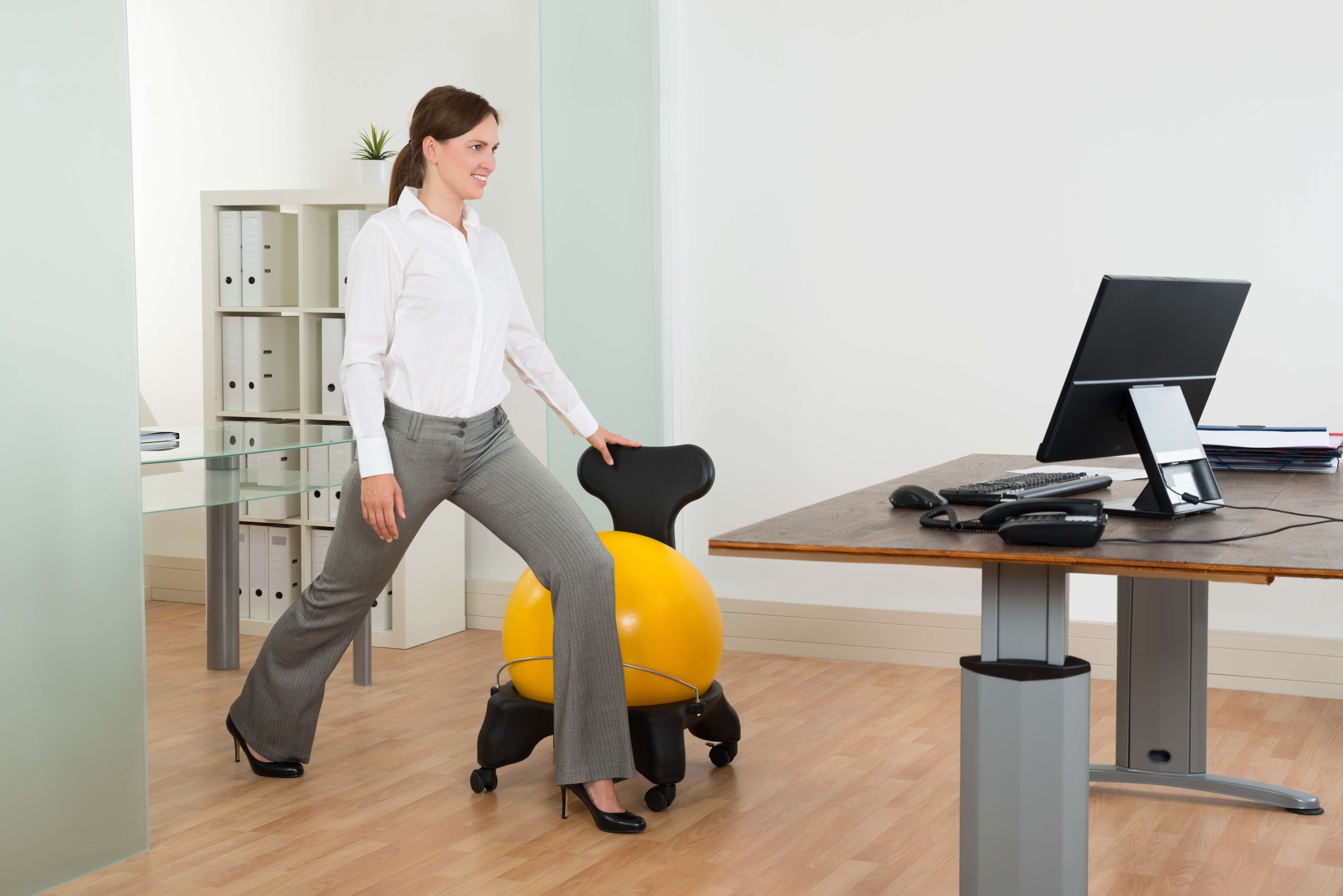In our previous blog, Senior Safety– Occupational Therapy Can Help!, we included information on how there are now almost 6 million seniors over age 65. With this growing population, how can we ensure older adults are safe, secure, and maintain independence, especially on the road?
Seniors are the fastest growing segment of the driving population. Driving helps older adults remain mobile and independent in their community. This form of transportation provides the most convenient means to access the places and people that are important to them. Unfortunately, as seniors grow older they are more likely to experience age and health-related changes that can impact their medical fitness to drive. However, not every senior is affected; hence, understanding the impact on functional abilities, rather than age, is key to preventing crashes and injuries.
Occupational Therapy can help seniors who drive by:
· Educating seniors and family members on proper driving techniques
· Assisting them to properly “fit” their vehicles. Ensure you have a clear line of sight over the steering wheel
· Creating solutions to barriers through developing programs to improve safe driving
· Consult on different forms of transportation
· Recommend adaptive equipment to enhance your driving habits
Driving is an important part of mobility and independence for Canadian seniors. Entwistle Power and McMaster University partnered together this past spring to host a CarFit event that was aimed at educating seniors about their personal vehicles.
What is CarFit?
CarFit is an educational program that offers older adults safety information along with the opportunity to verify how well their personal vehicles “fit” them and their needs. The event consists of 12 stations which will assist older adults to learn how well their vehicle fits them and their needs.
The Carfit program was designed to:
· Promote continued safe driving and mobility among older drivers through education not evaluation
· Create an open environment that promotes conversations about driving
· Provide information, education and community based resources to older drivers in a quick and easily accessible manner.
Why do we need CarFit?
CarFit programs help drivers assess and adjust their seat position, mirrors, head restraints, and controls. Many people buy cars, and just jump in and drive off. Most often, they do not and are unaware of how to adjust all the safety features to their maximum effectiveness. With the technological advances of the automotive industry, automakers have been making strides to designing vehicles that are beneficial for older adults. Designing controls with larger buttons, blind spot detection systems, rear – backup cameras, lane departure warning systems have all had a profound impact on the safety and convenience of technology for senior drivers. However, with some design changes, they’ve created smaller windows, thicker windshields and roof pillars, which limit a senior’s visibility. Complicated technology control systems can be distracting or difficult to use and may be distracting. With older adults representing the fastest growing population of drivers, it’s important to understand the proper fit of vehicles to promote safety for older drivers. CarFit helps to provide education and strategies on how to achieve the safest fit.
CarFit is a community-based program which consists of working through a 12-item checklist to provide participants with information about on how well they and their car work together. These stations include tips on the following:
· Proper use of seat belt
· Position of steering wheel tilt/ head restraint
· Proper distance between chest and steering wheel
· A clear line of sight above steering wheel
· Proper positioning to gas pedal
· Proper positioning to the brake pedal
· Adjusting mirrors
· Appropriate Neck mobility to check blind spots
· Safe use of ignition key
· Operation of vehicle controls
· Overall use of the vehicle
Does your vehicle fit you? What can you do?
Finding out if you have the proper fit for your vehicle is essential for both your safety and the safety of others around you. Do you have a clear view out your window? Can you reach and manage all of your controls? Is your seatbelt secure and properly fitted? Making these small adjustments can provide a huge impact through improving your comfort, control and confidence behind the wheel!
During our CarFit event, we provided education to help twelve older adults adjust their vehicles to their own unique needs. Participants left with:
· Recommendations on car adjustment and adaptations
· Education on the benefits of occupational therapy
· Information regarding local resources and assistive equipment
This was the first CarFit event hosted in Hamilton, Ontario. While much was involved with hosting the event and getting things organized, our participants expressed satisfaction with being part of this experience – we hope we have started a tradition!
Interested in learning more?
If you or someone you know is interested in attending a CarFit event in the future, you can:
· Visit CAOT’s CarFit Page, or contact your nearest CAA store for future CarFit event listings
· Connect with us on Social Media, and keep an eye out for topics related to older adults
· Explore www.candrive.ca for driving research and resources for older adults
· Phone Entwistle Power Occupational Therapy at 1-866-683-0345 or email us to inquire about our occupational therapy services that can support you and/or your loved ones to age well.













